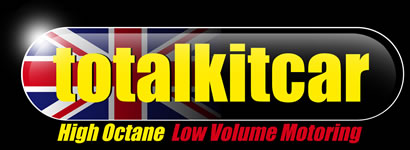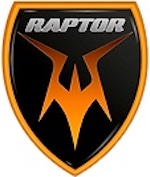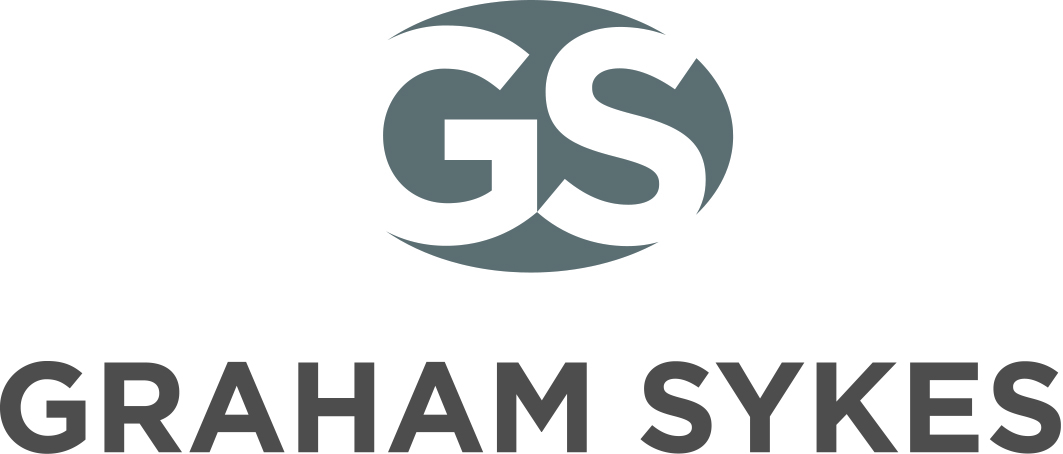FROM TERRIER KIT CARS TO FORMULA ONE – THE CAREER OF BRIAN HART
Words by STEVE HOLE
Brian Hart was another of those real motorsport characters that we just don’t see anymore. Born in September 1936 in Enfield, Hart got into motorsport after being hooked when visiting the British GP at Silverstone in 1949.
By 1958 he had his first crack at motor racing in a Lotus V1 in the 750 Motor Club’s 1172cc Formula before meeting the designer and maverick Len Terry and joining his Terrier team.
Rather embarrassingly for Lotus employee (at the time) Terry, Hart won the Chapman Trophy in 1960 in a Terrier Mk2 beating all the Lotus racers. It’s said that this could have been the final straw for Colin Chapman as Terry was unceremoniously sacked from Lotus soon after.
Hart (nicknamed ‘Nosher’) didn’t only drive for Terrier Engineering as he pretty much ran the company with Len Terry’s wife for a time with another future F1 designer, Maurice Philippe also involved, too.
While at Terrier, Hart designed his first commercially available engine upgrade component a new cylinder head for the Ford Anglia, which sold very well and put him on the map. By day, like so many of his contemporaries, Brian Hart was employed at the de Havilland Aircraft Company in Hatfield starting there in 1967.
In late 1960, Hart was badly injured in a crash at Oulton Park. As a result, Terry built him a Terrier Mk4 series 2 (a Formula Junior car), for the 1961 season although by then what you didn’t want was a front engine single seater.
Described as a talented, steely single-seater driver, Hart progressed through FJ into F3 and F2 where he later drove for Ron Harris’ Team Lotus semi-works ‘junior’ squad.
He also entered several non-championship F1 races in Harris’ Protos (designed by Frank Costin) and even managed to qualify the maligned machine for the 1967 German GP at the Nürburgring.
In late 1968, Hart left de Havilland although he’d learnt a great deal about engineering, particularly engines and airframes while there. Frank Costin always reckoned that it was a fine grounding for his career.
Meanwhile, Hart then joined Cosworth (Keith Duckworth was a hero) in Northampton and was one of their first employees. He worked on several types of iconic engines at Cosworth and was highly regarded. It’s said that he didn’t always see eye-to-eye with his mentor Duckworth, though.
On one occasion when Keith suggested that F1 should be all about saving fuel Hart was very dismissive saying that motor racing wasn’t an economy run, which saw the two clash.
When Hart set up his own Brian Hart Ltd in 1969, he continued to service FVA engines for Cosworth and then was commissioned by Ford to develop the BDA engine for them.
The success of his engine company meant that he hung up his crash helmet in 1971 to concentrate fully on engine tuning and building and he quickly became one of the leading engine builders for Formula 2 with Ronnie Peterson winning the European Championship in 1971 with one of ‘his’ FVAs and Mike Hailwood doing the same for Team Surtees in 1972 using a Hart-prepared BDA.
Things changed for Hart when Renault and BMW piled into motorsport engine supply, as a result, Ford withdrew from proactive engine development, so he took the plunge and decided to develop his own Type 420R. The engine was first used in a Chevron in 1976 although proved itself quickly winning F2 titles in 1977 and 1978.
Ted Toleman, who dominated the car transportation business in the UK, for many years, was successful in F2 before graduating to F1. He’d seen first-hand how effective Hart’s engines were and what a clever engineer he was.
He provided Hart with the finance to look at producing an F1 engine for his team to use. Toleman’s backing enabled Hart to do the research and development work that was required meaning that the unit was as good as it could be before it took to the F1 grid.
Clearly, something was right because Hart’s engine helped the Toleman team dominate the Euro F1 Championship in 1980 with Brian Henton and Derek Warwick finishing first and second in the standings.
When Toleman entered the F1 World Championship in 1981, Hart developed a turbocharged version of his 420R to power their T181 although it proved just how the bar was at the top end of motorsport. His engine initially proved unreliable and underpowered but it was developed and proved quietly successful.
It established Hart as a bonafidé GP engine manufacturer, however. A Hart L4 Turbo engine also gave a young Brazilian called Ayrton Senna his first F1 podium (second place) in the legendary wet race Monaco in 1984 (quickly followed by two third places at Brands Hatch and Estoril).
As a racer himself first and foremost, Hart always respected great drivers and raved about Senna.
Hart continued his association with Toleman until the team was bought by Benetton. This saw Hart supply several F1 teams in the eighties such as RAM, Haas-Lola and Tyrrell. Rear of the grid teams maybe (Tyrrell’s Grand Prix glory days were long behind them), but without engine supply from Hart they wouldn’t have been on the grid at all.
When the FIA basically outlawed the turbo era engines due to spiralling costs and the fact that the four-cylinder units were producing up to 1500bhp in qualifying trim and were getting out of hand, there was a return to naturally-aspirated units, Hart returned to his previous (successful) role of tuning and servicing for Cosworth primarily on their DFVs and development work on the DFZ and DFR, both successful engines in F2.
By 1992 Hart had gathered enough funding for his first V10 F1 engine, the Type 1035 and signed an exclusive deal with Jordan F1. It all looked promising until Peugeot steeped in at the last-minute scuppering his plans.
Undeterred Hart switched to Footwork Arrows, but funding wasn’t forthcoming meaning that Hart was forced to dust off his old 420R V8, which wasn’t competitive anymore.
In 1997, Hart revisited the V10 F1 engine idea yet again with the Minardi team. However, Arrows boss Tom Walkinshaw bought Brian Hart Ltd. On paper, it was a good deal for Hart although I’ve read reports that he and Walkinshaw continually clashed and in any case, the relationship ended up in the courts finishing very acrimoniously.
In later years Hart developed turbos for Garrett and was always extremely highly regarded by his customers. He definitely had his set ways but was a great teacher for his young apprentices to learn from.
Some future great engine builders passed through the doors of Brian Hart Ltd over the years including Lindsay Shaw, Neil Roper and Steve Greenauld. I remember Lindsay telling me some hilarious stories about how Hart would give the youngsters set tasks and then come around and inspect their work individually. He said that Brian was a great teacher.
Hart was also outspoken at times and was quick to express his opinion about how engines should be. For example, he would never take a BDA over 1860cc (F2-spec) and be scathing about the other tuners who produced 2-litre or 2140cc versions pointing out that Ford would only guarantee them to 1800cc.
He certainly enjoyed it when his engines would humble factory F1 teams because as he pointed out he was working on budgets that were 10 times less than theirs. He enjoyed being a giant killer.
I’ve also heard that Brian Hart was very loyal to his trusted suppliers. For example, Stirling Metals always produced Hart’s engine blocks and cylinder heads, while Gordon Allen produced his crankshafts.
Hart was a genius with camshafts so did them in-house and he also enjoyed designing pistons.
An amazing career, a proper engineer who really enjoyed motorsport at all levels. A perfect example that hard work and a bit of talent can get you to the top of your profession. I often wonder what Hart could have achieved if he’d been given the development budget enjoyed by some of his illustrious rivals.
Towards the end of his life, Brian spent time in France although he died in Epping on January 5, 2014, aged 77.
| Print article | This entry was posted by admin on February 16, 2023 at 11:23 am, and is filed under Uncategorized. Follow any responses to this post through RSS 2.0. Both comments and pings are currently closed. |
Comments are closed.
















